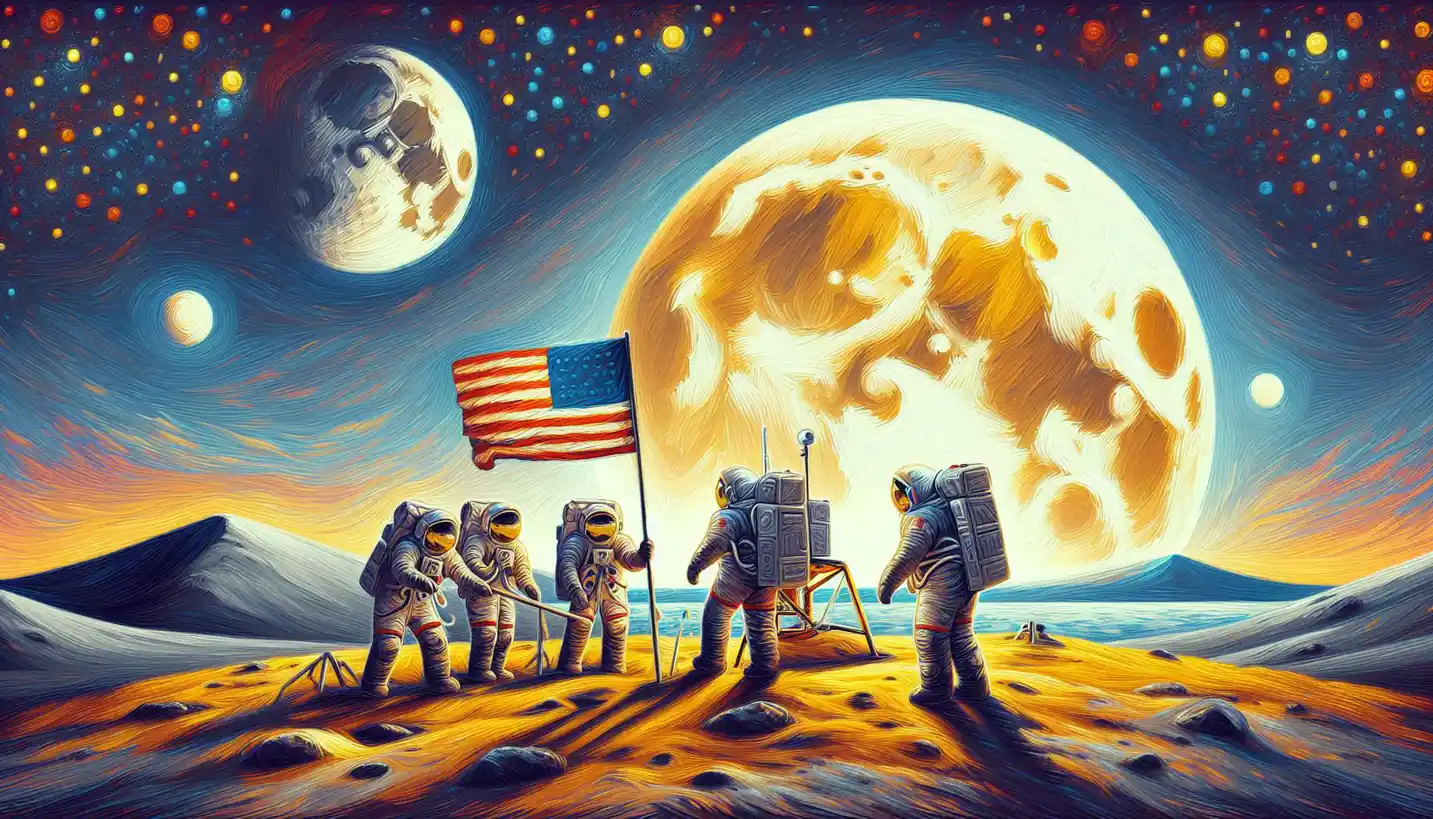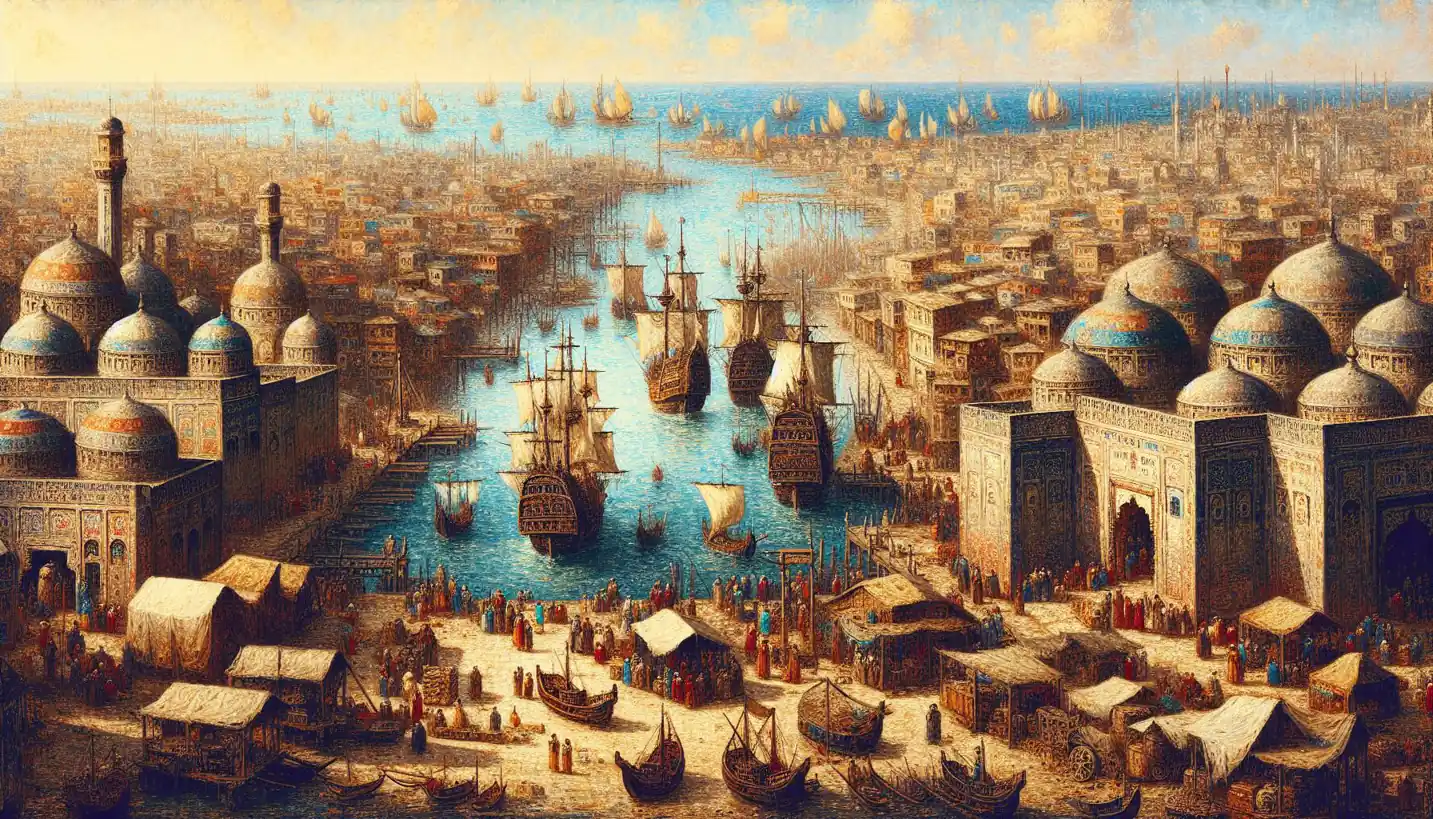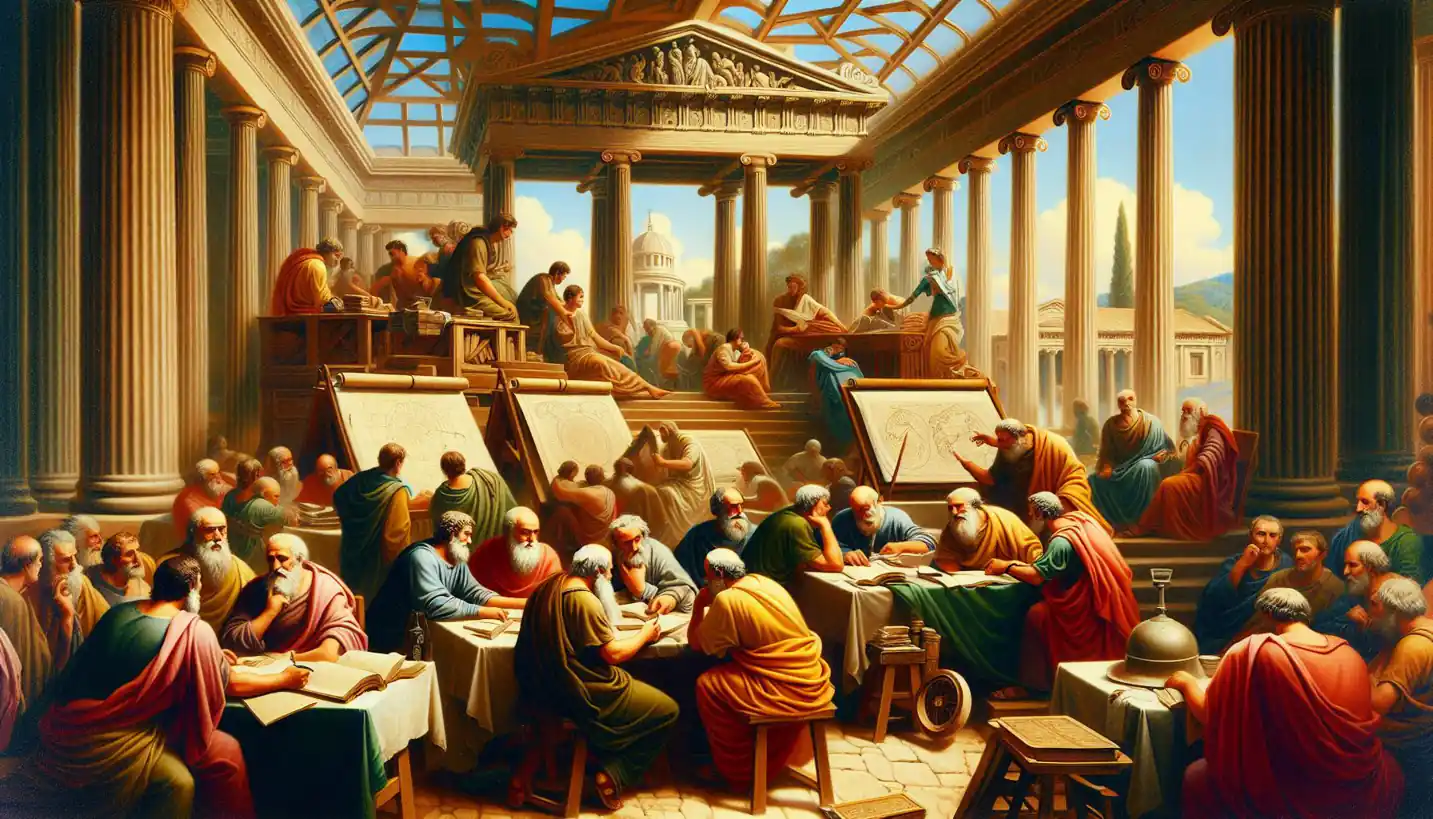· History · 4 min read
Global Networks: Connectivity Through Time
Global networks through time connected disparate regions, fostering cooperation and innovation. Dive into the history of these connections that propelled human progress and maritime exploration.

In today’s world, everything is connected. Whether it’s the internet or global trade, our lives are intertwined with distant places. But this isn’t a new phenomenon. The idea of global networks has been around for centuries, weaving an intricate web through transnational history.
The Birth of Global Networks
Let’s go back a few centuries. Imagine merchants traveling through the ancient Silk Road, linking Asia and Europe. This wasn’t just about buying and selling goods; it was about exchanging ideas, cultures, and technologies. Camels laden with silk and spices carried more than just material wealth—they were the vessels of cultural exchange.
This old network wasn’t limited to land. Maritime routes created arteries of commerce across the seas, with ships carrying not only cargo but also explorers and missionaries. These early connections laid the groundwork for what would become ever-expanding global relationships.
The Age of Exploration
Fast forward to the Age of Exploration in the 15th and 16th centuries. European sailors such as Columbus and Magellan didn’t just discover new lands; they connected continents. Their voyages shrank the world, allowing for more intense exchanges of goods, ideas, and even diseases. Think of it like the world’s first brush with globalization, where the exchange was so rapid and profound, it reshaped societies on both sides of the ocean.
The Industrial Revolution and Beyond
The Industrial Revolution marked another giant leap in global networks. Steamships and railways transformed transportation, enabling faster and broader exchanges. Telegraph cables spread messages across continents at the speed of thought. This era saw not only the physical connection of distant lands but also the creation of economic and political networks that continue to influence our world today.
People began moving in unprecedented ways—as immigrants, laborers, and colonizers. This movement wasn’t just about individuals; it was about the movement of ideas, technologies, and cultures. Nations were connected in a tapestry of commerce and communication that reflected a new world order.
The Modern Global Network
Today, the idea of global networks has expanded to include digital realms. The internet has transformed how we connect, turning the vast globe into a vast digital village. Social media, instant communication, and digital trade are just the latest forms of global networks that have existed for centuries.
Global networks now influence every aspect of our lives—from the food we eat to the materials in our smartphones. If you’ve ever looked at a globally sourced product and wondered how it came together, you’re recognizing the complexity and reach of these networks.
Examples of Global Networks Impact
Cultural Exchange
Think of global networks as the veins of cultural exchange that run throughout history. Consider how jazz music traveled from its roots in African American communities in the USA to influence musicians worldwide, creating new genres like bossa nova in Brazil or ska in Jamaica. These musical threads are excellent examples of how global networks influence culture, creating new blends and inspiring creativity.
Economic Integration
Global trade networks have shaped economies. For instance, the tea and spice trade dramatically altered the economic landscapes in both the East and the West. These networks enabled small regions to export their products globally, affecting local economies and world trade patterns. Today, complex supply chains rely on these historical trade routes to move goods efficiently around the world.
Political Alliances
Consider military alliances and treaties as part of political global networks. Organizations like the United Nations or NATO represent connections made between countries to achieve common goals. These political networks impact global peace, security, and cooperation, embodying centuries of diplomatic efforts.
The Future of Global Networks
The essence of global networks is change and adaptation. As technology advances, so too does our connectivity. Imagine what future networks might look like. Will they encompass new forms of communication, perhaps involving virtual reality or even space travel? How might sustainability shape these networks, influencing global supply chains to reduce carbon footprints?
These questions highlight the importance of studying global networks within transnational history. Understanding the past helps us anticipate future trends and navigate the complexities of our interwoven world.
Conclusion
Global networks are not just about connectivity; they’re about transformation and interaction. Through the ages, these networks have shaped cultures, economies, and societies, leaving a profound imprint on human history.
By exploring global networks, we appreciate this historical tapestry, learning from its lessons and applying them to our tangled present. Whether looking back to historical trade routes or contemplating the connectivity of tomorrow, the story of global networks is a fascinating journey through history’s endless web.



